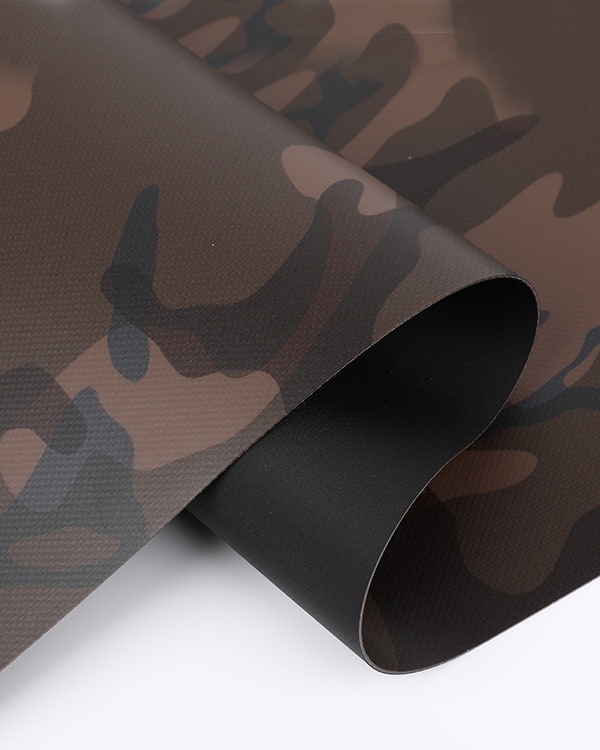Variable air pressure systems used in inflatable fabric structures typically employ pressure sensors to sense and regulate air pressure within the structure. These pressure sensors are designed to detect changes in air pressure and relay this information to a control system that manages the inflation and deflation of the structure. Here's how the variable air pressure system senses pressure:
1.Pressure Sensors: Pressure sensors are the core components of the variable air pressure system. These sensors are strategically placed at key locations within the inflatable fabric structure. Common types of pressure sensors used in such systems include:
Piezoelectric Sensors: These sensors generate an electrical charge when subjected to pressure changes. The generated voltage is proportional to the applied pressure and is measured to determine the air pressure inside the structure.
Strain Gauge Sensors: Strain gauge sensors detect changes in resistance when subjected to pressure. The change in resistance is correlated with pressure levels and is used to determine the internal air pressure.
Capacitive Sensors: Capacitive sensors measure changes in capacitance between two conductive plates when pressure is applied. The variation in capacitance is used to calculate the air pressure.
2. Data Acquisition and Control System: The pressure sensors are connected to a data acquisition and control system. This system typically includes a microcontroller or programmable logic controller (PLC) that processes the sensor data.
3. Pressure Feedback: The pressure sensors continuously measure the air pressure inside the inflatable fabric structure and send feedback signals to the control system. These signals provide realtime information about the internal pressure.

4. Pressure Setpoints: The control system is preprogrammed with specific pressure setpoints or target pressure levels that are desired for the inflatable structure. These setpoints are based on the design requirements and performance characteristics of the structure.
5. Comparison and Control Logic: The control system compares the feedback from the pressure sensors to the preset pressure setpoints. If the feedback indicates that the internal pressure is below or above the desired setpoint, the control logic activates the appropriate action to adjust the pressure.
6. Pressure Regulation: To regulate the pressure, the control system can control the operation of a blower, compressor, or venting system. If the pressure is too low, the system activates the blower or compressor to introduce more air into the structure. Conversely, if the pressure is too high, the system may open vents or activate exhaust fans to release excess air.
7. Control Algorithms: The control system uses algorithms to calculate the necessary adjustments in the inflation or deflation process. These algorithms ensure that the pressure is maintained within a specified range around the setpoint.
8. Safety Features: Variable air pressure systems often incorporate safety features, such as pressure relief valves or emergency shutoff mechanisms, to prevent overpressurization and ensure the safety of the structure and its occupants.
9. HumanMachine Interface (HMI): Many variable air pressure systems include an HMI interface that allows operators or users to monitor the pressure levels, set pressure parameters, and receive alerts or warnings if pressurerelated issues arise.



 English
English 中文简体
中文简体 русский
русский
















 浙公网安备33048102240301
浙公网安备33048102240301